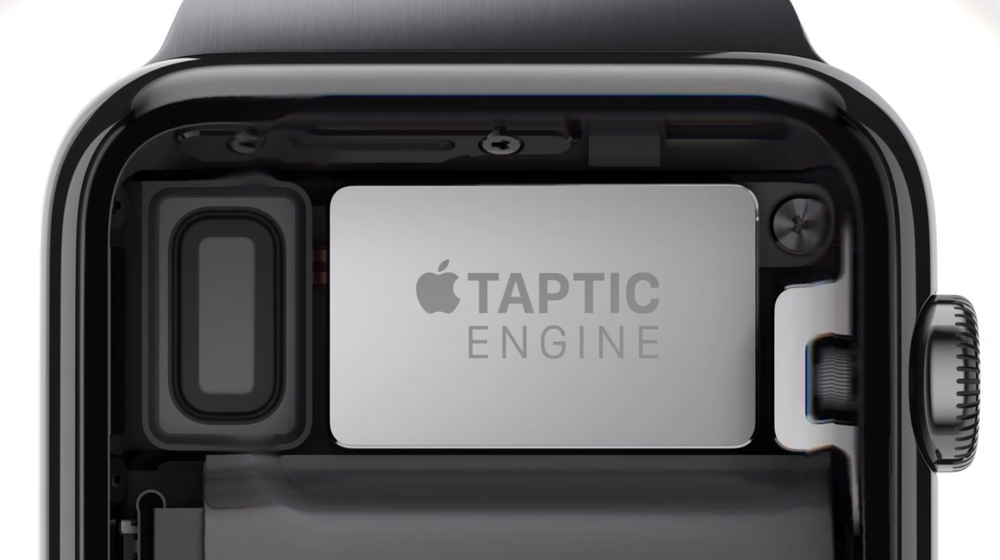
A quiet day in the world of Apple, but enough to generate a four-minute long AWT News Update!
- The Wall Street Journal reports that Apple Watch Taptic Engines made by supplier AAC Technologies failed reliability tests, forcing Apple to destroy some early Watches and move to another supplier
- More Flyover locations are available in Apple Maps
- Time Warner CEO thinks Apple will be launching a streaming TV product
- VoiceOver celebrated a decade of helping the blind and visually impaired yesterday
- Netflix is adding more audio description tracks to TV seasons and films in its library
The full text version of the podcast script is available below.

This week, we’re taking the time machine back to 1989 to look at a $249 scanner. What?! An inexpensive scanner in the 1980s? Well, the ThunderScan had more than a few limitations, but it made a fairly workable scanner provided that you owned an ImageWriter or ImageWriter II dot matrix printer. Macintosh pioneer Andy Hertzfeld was the whiz behind the software that drove the ThunderScan and made its images viewable on original Macs.
Users simply removed the printer ribbon cartridge from the ImageWriter, then popped in the ThunderScan. The printer’s roller mechanism acted as a “sheet feeder” to feed one page at a time, one line at a time, past the ThunderScan’s optical head that moved back and forth across whatever it was you were trying to scan. A cable ran to a nearby adapter connected to a Mac, where the ThunderScan software captured the images.
The original ThunderScan came out in 1984, and basically just provided black and white dot scans (see below). By the time the Mac II appeared, the ThunderScan software had evolved to the point that it interpolated those dot patters into a workable grayscale scan.

What I remember the most about ThunderScan was that it took forever to scan anything. If you were trying to something smaller than an 8.5 x 11 inch page, it was best to either tape that item onto a piece of paper or secure it between two clear plastic sheets. Those smaller items tended to shift unless you taped them down, so it sometimes took several dreadfully slow tries before you actually had a decent scan.
Still, the $249 price tag was much better than the $7,500 – $10,000 color flatbed and slide scanners that were starting to appear at the time, all of which required a Mac II (for the NuBus cards that came with them) and as much memory as you could provide. On top of that, the color scanners of the time often required special software that ran from $200 – $600 dollars. It was usually less expensive to go to a service bureau to have them scan images for you — at $50 – $100 a pop…
Today’s ad is taken from the June 1989 MacUser magazine and was “scanned” in a jiffy at a resolution of 765 X 1758 pixels at 150 dpi with an iPhone 6 Plus and Scanbot software.

